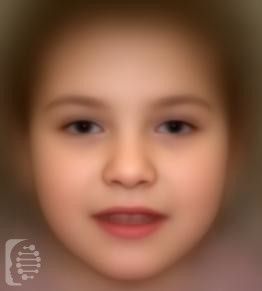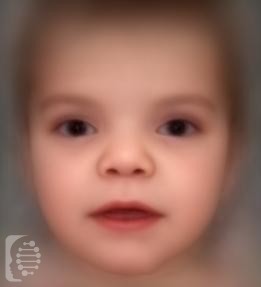
Primrose syndrome (PRIMS)
Primrose syndrome is a rare genetic syndrome first identified in 1982. There are currently less than 12 cases reported worldwide. A hardening of the outer ear, unique facial features, and intellectual disability are defining symptoms of the syndrome. The syndrome is progressive meaning symptoms worsen or develop in their severity over time. This syndrome is […]




